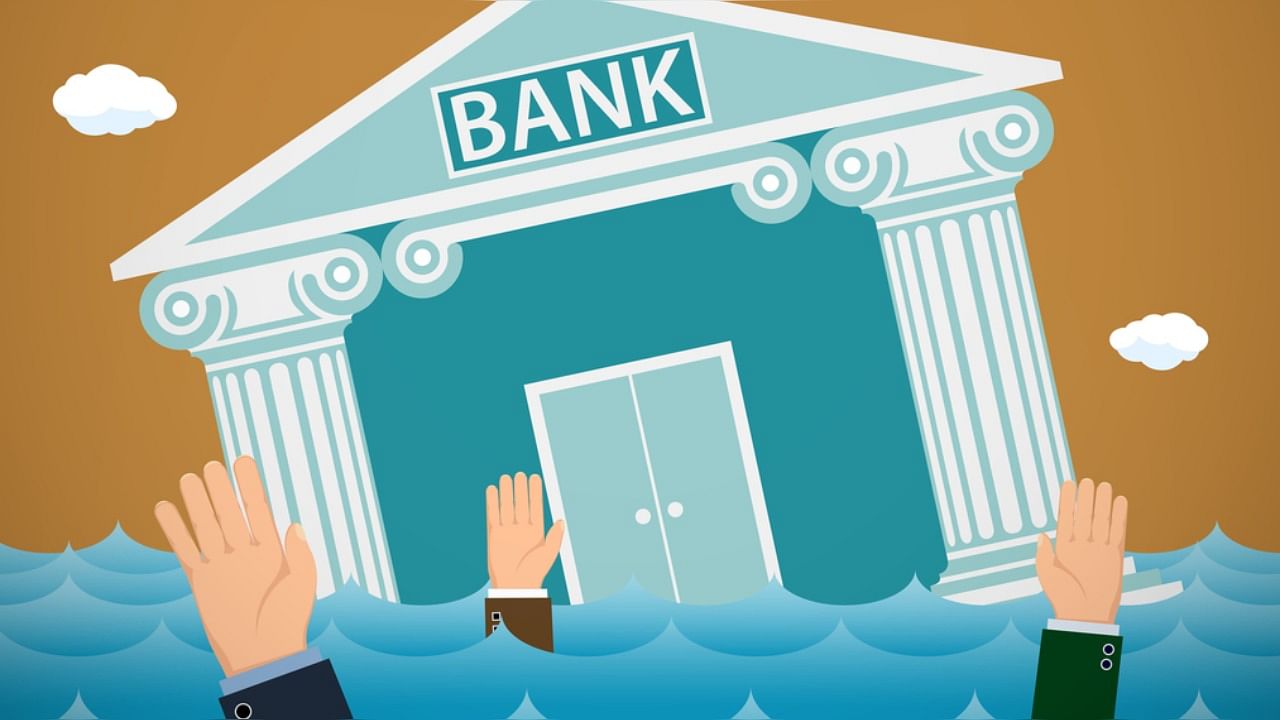
Bad loans of Indian banks started rising from 2011-12 following the easy lending policy adopted in the aftermath of the global financial crisis of 2008. Non-performing assets (NPAs) kept on growing till about March 2018, following which there was a steady decline, notwithstanding the Covid-19 pandemic of the last one and half years.
According to Reserve Bank of India (RBI) data, gross non-performing assets of commercial banks were at their peak at the end of March 2018 when they reached 11.5 per cent of gross advances. Since then, gross NPAs started declining and reached 7.5 per cent in March 2020 and stayed there for another year.
During her budget speech in February this year, Finance Minister Nirmala Sitharaman announced to set up a bad bank that would buy non-performing assets from Indian banks. Last week, the finance minister announced that the government would provide guarantees worth Rs 30,600 crore to the security receipts issued by bad banks.
The bad bank, the National Asset Reconstruction Company Ltd (NARCL), will buy bad loans from banks for 15 per cent cash. The remaining amount will be paid in Security Receipts (SR) – a standard practice for purchasing toxic loans by asset reconstruction companies. The government will guarantee the SRs that NARCL issues for five years. The NARCL will get equity funding from public sector banks which will have a 51 per cent stake.
The NARCL plans to buy bad loans worth Rs two lakh crore – 1.8 per cent of the total loan book of banks in India. Of the Rs two lakh crore, Rs 90,000 crore will be bought in the first phase, which will likely start during January-March 2022. These are the loans which these banks mostly write off after making full provision.
"…creation of a bad bank would have been most fruitful just after the AQR [asset quality review] or earlier when the stress was just building up, and banks were looking to delay recognition for various reasons," Kotak Securities said in a note. "Today, the NPL recognition and provisions cycle is largely complete with some of the largest bad loans already resolved," it said.
The banks' slippage ratio, which is a percentage of NPA to standard advances, was at its peak at the end of March 2018 when it touched 7.1 per cent. According to the Kotak Securities note, the ratio has since fallen to 2.5 per cent at the end of March 2021.
In the last six financial years, banks have recovered Rs five lakh crore from stressed assets, Rs 3.1 lakh crore recovered since March 2018, including Rs 1.2 lakh crore recovered in FY19. Banks have cumulatively recovered Rs one lakh crore from written-off assets.
The Kotak note said the cash component is a smaller proportion and divided across public banks and a few private banks. As a result, the short-term impact is negligible. The reversal of larger provisions will only happen when the cash is received on sale of these receipts or redemption of security receipts.
Along with the NARCL, the government has incorporated the India Debt Resolution Co Ltd (IDRC). The NARCL will work with the IDRC – the operational entity managing the assets and engage with debt resolution professionals and turnaround experts. The public sector banks will have a 49 per cent stake in the IDRC, and the remaining will be with the private sector lenders.
"The success of the bad bank, however, will depend on the implementation and management of the transferred NPAs, and the government will likely keep a close eye on the management of the IDRC that will be tasked with the same," said Anish Mashruwala, Partner, J Sagar Associates.
How quickly and efficiently resolution professionals carry out the process becomes the key to the scheme's success. The process involves finding buyers, transferring assets, formalizing write-downs and re-working terms of the debt.
"Resolution will be key – how efficiently the professionals are resolving the stressed assets is to be monitored," said ICICI Securities in a note. "One can argue that the bad bank is likely to become a warehouse for stressed loans without expected recovery as it will be difficult to find buyers for legacy assets. If initial cash receipts are more or less equivalent to the amount invested by banks, would it then merely amount to shifting the problem from one place to another without fundamentally solving it?" the note said.
Rating agency Crisil said the Rs two lakh crore NPAs which the bad bank plans to acquire is 45 per cent of the NPAs that the asset reconstruction companies collectively acquired till March 2021, estimated at Rs 4.5 lakh crore.
"The move also underscores the critical role NARCL and the IDRC are expected to play in the management and resolution of large-corporate bad assets in the domestic banking system. Their success will be a function of time-bound resolutions and extent of recoveries," said Krishnan Sitaraman, Senior Director and Deputy Chief Ratings Officer, CRISIL Ratings.
Another issue is with the quality of assets. Many stressed assets where investors saw value were resolved through the bankruptcy process in the last few years. "… quality of asset matters the most. We saw this in NCLT cases (40 cases) where good ones in steel-sector got resolved with negligible haircuts for banks, but tough ones in power, auto, consumer are yet to find resolution," the Jefferies note said.
While the move to set up the bad bank is in the right direction, the success will depend on how soon resolution can be reached as the SRs are guaranteed for five years. As the saying goes, the proof of the pudding is in the eating.
(The writer is a Mumbai-based journalist)
Disclaimer: The views expressed above are the author's own. They do not necessarily reflect the views of DH.